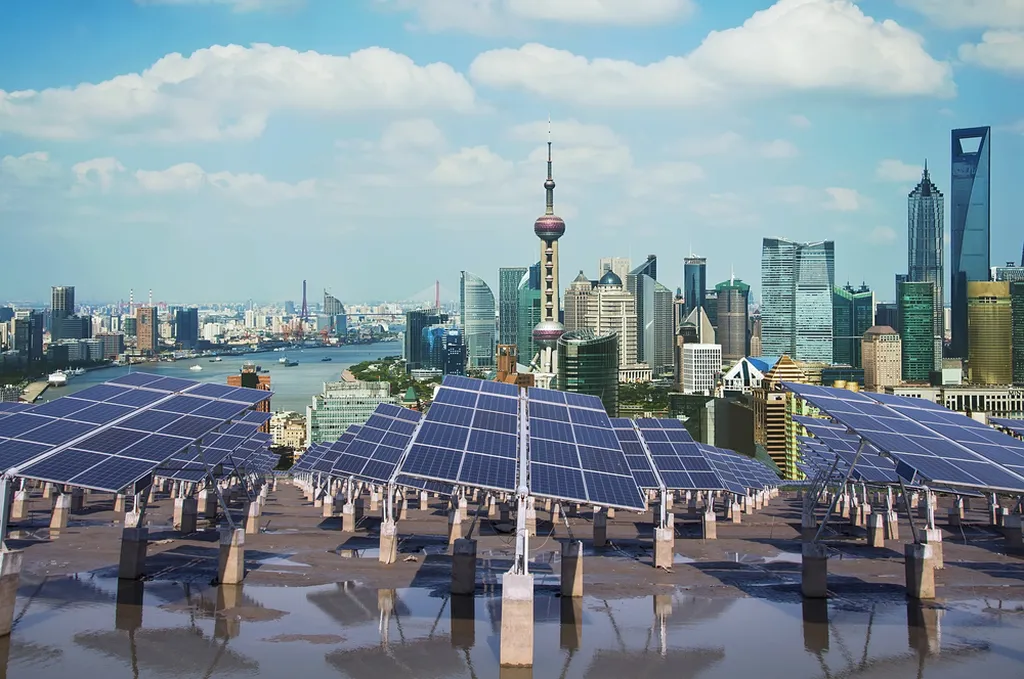In the heart of China’s rural landscapes, a quiet revolution is brewing, one that could reshape the country’s energy sector and offer a blueprint for sustainable living worldwide. At the forefront of this transformation is Jingshuai Pang, a researcher from the China Electric Power Research Institute in Beijing. His recent study, published in the journal *Energies* (which translates to “Energies” in English), presents a novel approach to achieving net-zero energy consumption in rural buildings, a feat that could significantly cut carbon emissions and alleviate energy shortages.
Pang and his team have developed a distributed renewable-based integrated energy system (IES) tailored specifically for rural active zero-energy buildings (ZEBs). The system is designed to balance economic viability and environmental sustainability, addressing the unique energy consumption patterns of typical rural houses. “We analyzed the energy consumption data of rural households to design a system that is both efficient and cost-effective,” Pang explains. This tailored approach is crucial, as rural energy demands can differ significantly from urban areas.
The researchers optimized the capacities of key equipment within the IES to meet net-zero or zero-energy consumption targets. For typical daily cooling, heating, and power loads, they employed a dual-objective optimization model. This model aims to minimize both operating costs and CO₂ emissions, ensuring the system’s economic and environmental benefits. “Our goal was to create a system that is not only good for the planet but also makes financial sense for the end-users,” Pang adds.
The results of the study are promising. The net-zero-energy IES outperformed both separated production (SP) and full electrification systems (FES) in terms of economic and environmental benefits. Moreover, the zero-energy IES significantly reduced carbon emissions from rural buildings, a substantial achievement given the sector’s contribution to overall emissions.
The implications of this research are far-reaching. For the energy sector, it presents a viable pathway to achieving carbon peaking and neutrality, key goals in China’s energy transition. The integrated energy system could be replicated in other rural areas, both within China and internationally, offering a scalable solution to the global challenge of sustainable energy consumption.
Furthermore, the study’s multi-objective optimization approach could influence future developments in energy system design. By balancing economic and environmental factors, it provides a holistic framework for creating sustainable energy solutions that are both practical and profitable.
As China and the world grapple with the challenges of climate change and energy security, Pang’s research offers a beacon of hope. It demonstrates that with careful planning and innovative design, achieving net-zero energy consumption is not only possible but also beneficial for both the planet and the pocket. The journey towards a sustainable future may be long, but with such advancements, it is certainly within reach.

